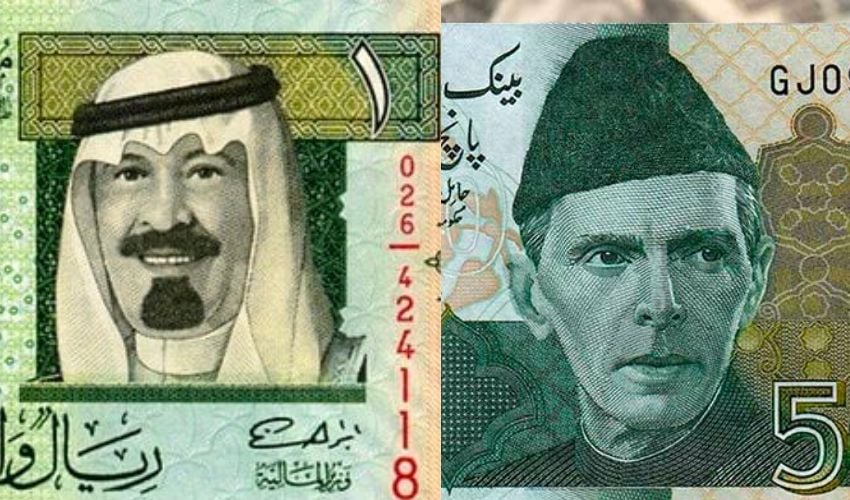China's economy posted stronger-than-expected growth in the first quarter of 2025, buoyed by a rebound in retail sales and factory output.
However, the outlook remains clouded by escalating trade tensions with the United States, with Beijing warning of the far-reaching consequences of Washington’s latest tariff hike.
According to data released on Wednesday by the National Bureau of Statistics, China’s gross domestic product (GDP) rose by 5.4 per cent in the January-March period compared to a year earlier, surpassing analysts’ expectations of a 5.1pc increase as per a Reuters poll. The pace matched the growth recorded in the final quarter of 2024.
The better-than-expected performance was largely driven by a surge in consumer spending and industrial production. Retail sales in March climbed 5.9pc year-on-year, up from 4pc in the first two months, while factory output rose 7.7pc in March, compared with 5.9pc in January-February.
However, signs of underlying weakness persist. The property sector continues to be a significant drag on overall growth, with investment in real estate down 9.9pc in the first three months of the year. New home prices remained flat in March, reflecting persistent caution among buyers.
China's leadership has vowed to step up policy support to sustain growth, especially in the face of what officials described as “unprecedented” external challenges.
Xu Tianchen, a senior economist at the Economist Intelligence Unit, described the first-quarter performance as “a very good start” but warned that “a forceful and timely policy response” would be necessary to counter the looming impact of US tariffs.
Tariff escalation dims outlook
The relatively upbeat growth figures come against a backdrop of rising geopolitical uncertainty, as the US under President Donald Trump recently imposed new tariffs on Chinese goods, raising some levies to as high as 145pc. In retaliation, Beijing hiked duties on US imports to 125pc, intensifying the trade war between the world’s two largest economies.
The White House, in a statement read by Press Secretary Karoline Leavitt on Tuesday, said the “ball is in China's court,” adding that “China wants what we have — the American consumer.” While the US administration maintained that it remains open to a deal, it insisted that the onus lies with Beijing.
Chinese authorities have expressed alarm over the rising protectionism, with Deputy Statistics Commissioner Sheng Laiyun warning that the tariffs constitute “trade bullying” and violate World Trade Organization principles. He said the measures have a serious impact on the global economic order and threaten China’s export-driven recovery.
Sheng, however, sought to project confidence in China’s resilience, saying the country has a “rich” policy toolkit and ample room for stimulus. He added that despite external pressures, the Chinese economy would remain on a stable growth trajectory in the long term.
Global implications
The fresh round of tariff escalation has sparked concern among global markets and policymakers, with some analysts warning of a broader slowdown. UBS has revised its 2025 growth forecast for China down to 3.4pc from a previous estimate of 4pc, citing the assumption that tariffs will remain in place for an extended period.
Economists also fear that a surge in Chinese exports in March — likely due to firms rushing shipments ahead of tariff deadlines — could reverse sharply in the coming months, exacerbating pressure on manufacturers and potentially leading to job losses.
“The tariff shock poses unprecedented challenges to China’s exports and will set forth major adjustment in the domestic economy as well,” said a note from UBS analysts.
Adding to the strain, Hongkong Post announced a suspension of shipments to the United States in response to the end of a longstanding exemption allowing duty-free entry for goods worth $800 or less. In a strongly worded statement, the postal service labelled the US levies as “unreasonable and bullying acts,” saying it would not collect any duties on behalf of Washington.
Policy response in focus
Premier Li Qiang has pledged to roll out additional support measures in the coming months, as Beijing prioritises domestic consumption to offset the trade sector’s struggles. The Communist Party’s Politburo is expected to meet later this month to chart the economic policy agenda.
Beijing has already unveiled several fiscal measures, including an increase in the budget deficit target and a series of monetary easing steps initiated late last year. Nonetheless, policymakers face a difficult balancing act, especially in light of Fitch’s recent downgrade of China’s sovereign credit rating due to rising debt concerns.
With growth forecast to slow to 4.5pc this year — below the official target of “around 5pc” — the coming quarters will test the government’s ability to manage both external shocks and domestic structural challenges.

























